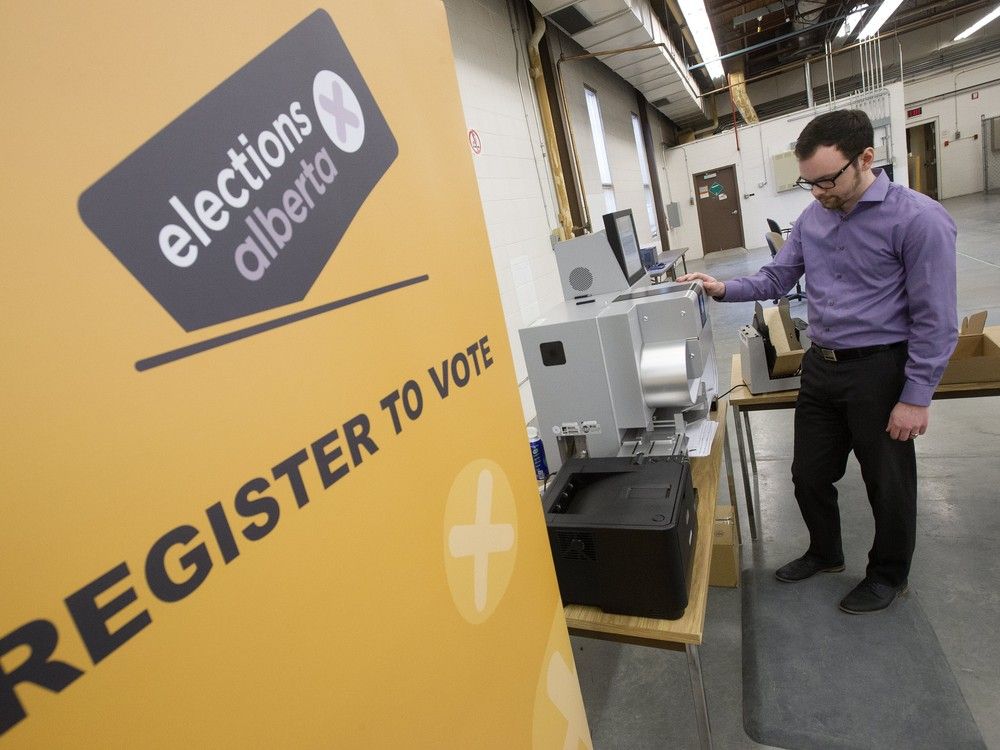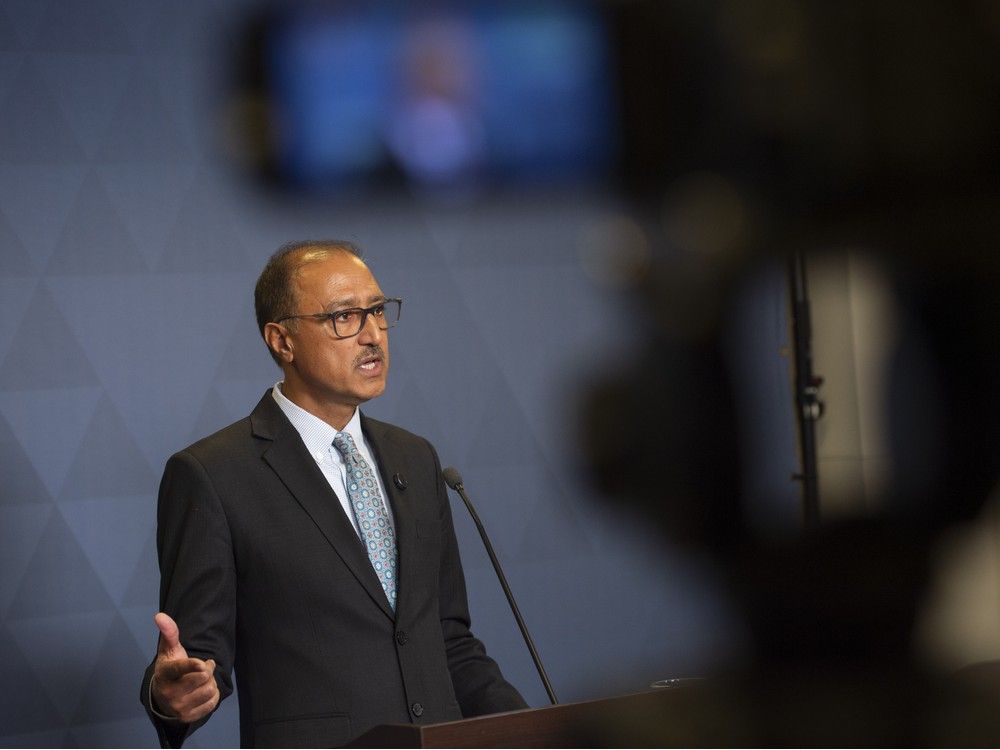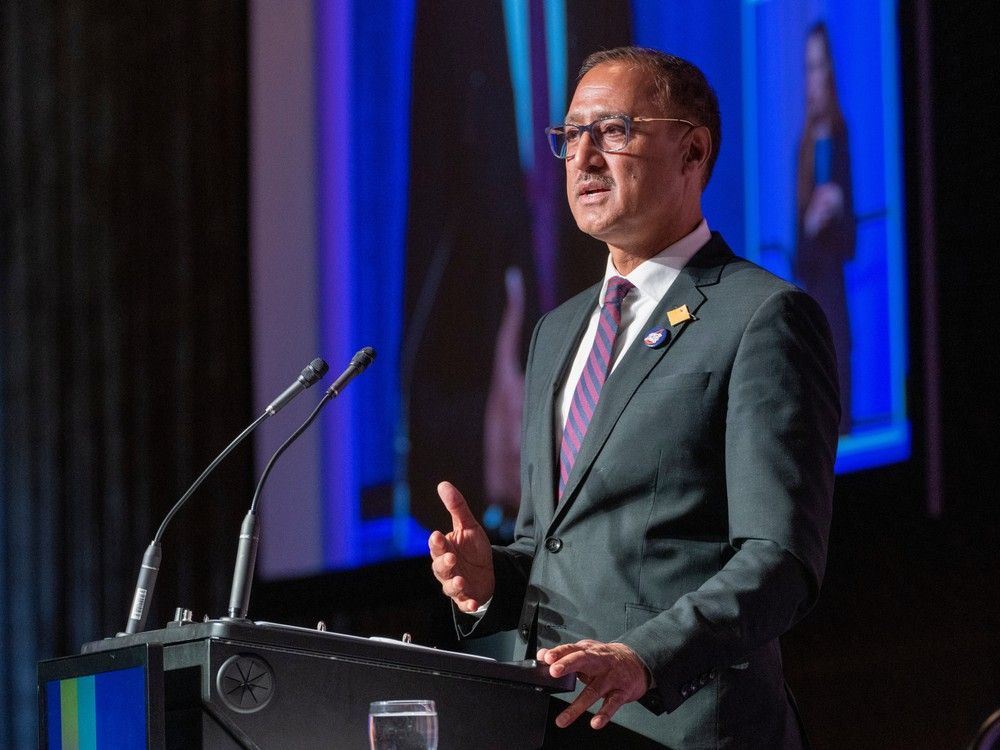CAPITAL AND OPERATING FUNDING SHORTFALL ANALYSIS
demonstrates how not all contributing factors to the fiscal gap are caused by the City, or are within the City’s control. Many are consequences of shifts in economic, social and environmental factors, or of actions and decisions made by higher-order governments. However, many are also internally-driven from decisions made over multiple years, and are within the City’s control to influence. The City must take measures to reduce the fiscal gap in areas which it has control over.
Legislation does not permit the City to budget for deficits. Consequently, the City’s fiscal gap materializes as reduced service levels, deteriorating infrastructure, above-average tax increases and the inability to advance its strategic goals. In contrast, because higher-order governments can incur budget deficits, their gaps between spending needs and revenue generation often materialize in the form of budget deficits, where spending is higher than revenues.
The fiscal gap is the difference between the City’s expenditure needs and its revenue capacity, for both capital and operating. At a very high level, there are two broad fiscal shifts the City must make in order to narrow or close the gap: grow its revenues where possible, and reduce its expenditure needs.
Some strategies that can help achieve these goals include:
1. Grow non-residential tax base: Take actions to address the City’s declining share of non-residential tax base in the region, and the insufficient levels of real non-residential assessment growth. On June 19, 2024 Administration presented FCS02483 Non-Residential Tax Base Growth Challenges and UPE01548 Industrial Investment Action Plan.
2. Evaluate all city-controlled revenue streams: Evaluate all City-controlled revenue streams for opportunities to grow non-tax revenues, including opportunities to introduce fees for services where no or limited cost is recovered from end users or beneficiaries. Administration has developed actions plans to address structural budget issues which include an examination of revenue opportunities within service areas. Initial work in this area includes CO02505 Ride Transit Program Funding Gap. Presented to Executive Committee on August 28, 2024 this report identified a funding gap for the ride transit program and included options to adjust revenue.
3. Assess capital requirements and determine the appropriate allocation for renewal and growth: With limited financial resources the City will need to assess the allocation of funding for growth and renewal, balancing the City’s need to address an expanding growing renewal deficit with growth as the City welcomes its next one million residents. The Capital Investment Outlook, completed in advance of each four year budget, is a 10-year look ahead meant to inform the capital budget. Administration presented the 2023-2032 Capital Investment Outlook to City Council on June 7, 2022. In response to a motion of Council, Administration will return in 2025 with a report that outlines the impact of increasing funding for renewal vs growth funding projects before commencing development of the 2027-2030 Capital budget.
4. Evaluate funding mechanisms to address the renewal deficit: Evaluate funding options to address the City’s growing renewal deficit, including the potential for a dedicated tax levy. On October 17, 2022 Administration presented IIS01330 Neighbourhood Renewal Funds and IIS01338 Options for a New Dedicated Tax Levy. The Neighbourhood Renewal Funds report provided an overview of the program as well as reduction scenarios and opportunities for renewal of other infrastructure assets. Options
to create a dedicated renewal fund mirroring the success of the Neighbourhood Renewal Program including a facilities renewal fund, Bridges and Auxiliary Structures renewal fund and a Transit Service renewal fund. Administration will return in the fall of 2024 with further updates.
5. Continued focus on divestiture and diligence in acquisition: Continue to explore divestiture opportunities for City capital assets. Maintaining the City’s asset base requires more financial resources than the City has revenue capacity to fulfill. Diligence in asset acquisition will be necessary to ensure growth does not add pressure to this asset base.
6. Comprehensive prioritization of capital growth and renewal: With an overall reduced capital funding envelope, the City needs a comprehensive prioritization of growth infrastructure and capital renewal, and a refocusing of capital spending within a narrower suite of projects. This work will be addressed in the 2027-2036 Capital Investment Outlook. Work will commence in late 2025 once work is complete on a potential renewal policy.
7. Service prioritization: With the fiscal constraints the City is experiencing, it needs to undergo comprehensive service prioritization, with a focus on traditional municipal services that are most necessary to maintain Edmontonians’ quality of life. Administration continues build on the work of previous budget reduction exercise and OP-12. Administration has advanced action plans to address structural budget variances and is current evaluating and prioritizing department and branch budgets as part of the fall supplementary operating budget adjustment process.
8. Advocacy and engagement: Continued advocacy and engagement efforts with higher orders government on modernized fiscal frameworks or funding arrangements that consider the responsibilities and pressures of big cities today.
9. Negotiate intergovernmental service delivery: Explore negotiated compensation agreements where the City delivers services for areas that are the responsibility of higher-order governments, where the City delivers services on their behalf, or where the City’s responsibilities have expanded into domains that are traditionally that of higher-order governments.
10. Prioritize strategic goals: The City’s strategic goals are expansive, pulling the City into non-traditional service areas which puts upward pressures on City expenditures beyond its revenue-raising capacity. The City does not have the financial means to advance all aspects of its strategic planning framework. It will need to focus resources on areas it has the most control over, and identify aspects that are higher priority.
11. Review policy requirements: Opportunity exists for a review of the City’s policies and bylaws that drive operating and capital requirements, to assess the financial impact against the outcomes achieved. Work has commenced on a number of policies including an assessment of the financial impact of capital policies. This work will return in the fall of 2024.


edmonton.ctvnews.ca



edmontonjournal.com

edmontonjournal.com
 www.faircompensationproject.ca
www.faircompensationproject.ca





